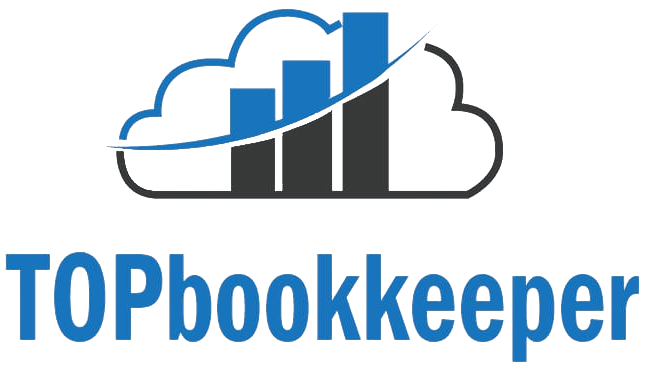The Evolution of Sales Automation: From Traditional Methods to Cutting-Edge Software Solutions

Introduction
In the fast-paced sales world, staying ahead of the competition requires businesses to adopt innovative strategies and technologies. One such transformation that has revolutionized the sales industry is the evolution of sales automation. From labor-intensive traditional methods to the seamless efficiency of modern software solutions, the journey has been remarkable. In this article, we delve into the history of sales automation, its significance, and how cutting-edge software solutions are reshaping the landscape.
The Rise of Traditional Sales Methods
In the not-so-distant past, sales professionals relied heavily on manual methods for managing customer relationships and closing deals. From handwritten notes and spreadsheets to physical filing systems, the process was time-consuming and prone to errors. Customer information was scattered, communication was disjointed, and tracking sales progress was a cumbersome task. As businesses expanded, the limitations of these traditional methods became increasingly evident.
The Dawn of Sales Automation
The need for greater efficiency gave birth to the concept of sales automation. Initially, it involved using basic tools like contact management software and email templates. These tools streamlined communication and allowed for some level of tracking. However, they fell short in providing a comprehensive solution that could handle the entire sales cycle.
As technology advanced, dedicated Customer Relationship Management (CRM) systems emerged. These early CRM systems enabled sales teams to consolidate customer information, track interactions, and manage leads more effectively. While a significant leap forward, these systems still required manual data entry and lacked the real-time capabilities that modern businesses demand.
The Game-Changing Role of Modern Sales Automation Software

Enter the era of cutting-edge sales force automation software solutions. These robust platforms leverage the power of Artificial Intelligence (AI), machine learning, and real-time data integration to provide unparalleled functionality and efficiency. Let's explore some of the key features reshaping the sales automation landscape:
Lead Management: Advanced software solutions now offer intelligent lead scoring, ensuring that sales teams focus their efforts on the most promising prospects.
Automated Communication: Personalized and timely communication is vital. Sales automation tools allow for automated email sequences, follow-ups, and even chatbots that engage with leads 24/7.
Task Automation: Routine tasks like data entry, scheduling follow-ups, and updating records are automated, freeing up sales professionals to focus on building relationships and closing deals.
statistics and insights: Sales automation software gives businesses detailed statistics and real-time insights into sales success.
Integration capabilities: A comprehensive strategy for interacting with customers is made possible by seamless integration with other corporate technologies including marketing automation, e-commerce platforms, and customer care systems.
Mobile Accessibility: Sales teams are no longer bound by office walls. Modern solutions offer mobile apps, enabling them to access critical information and respond to leads on the go.
Conclusion
From the humble beginnings of manual record-keeping to the era of AI-powered sales automation software, the evolution of sales automation has been nothing short of transformative. Businesses that embrace these cutting-edge solutions gain a competitive edge by streamlining operations, enhancing customer engagement, and making data-driven decisions...
